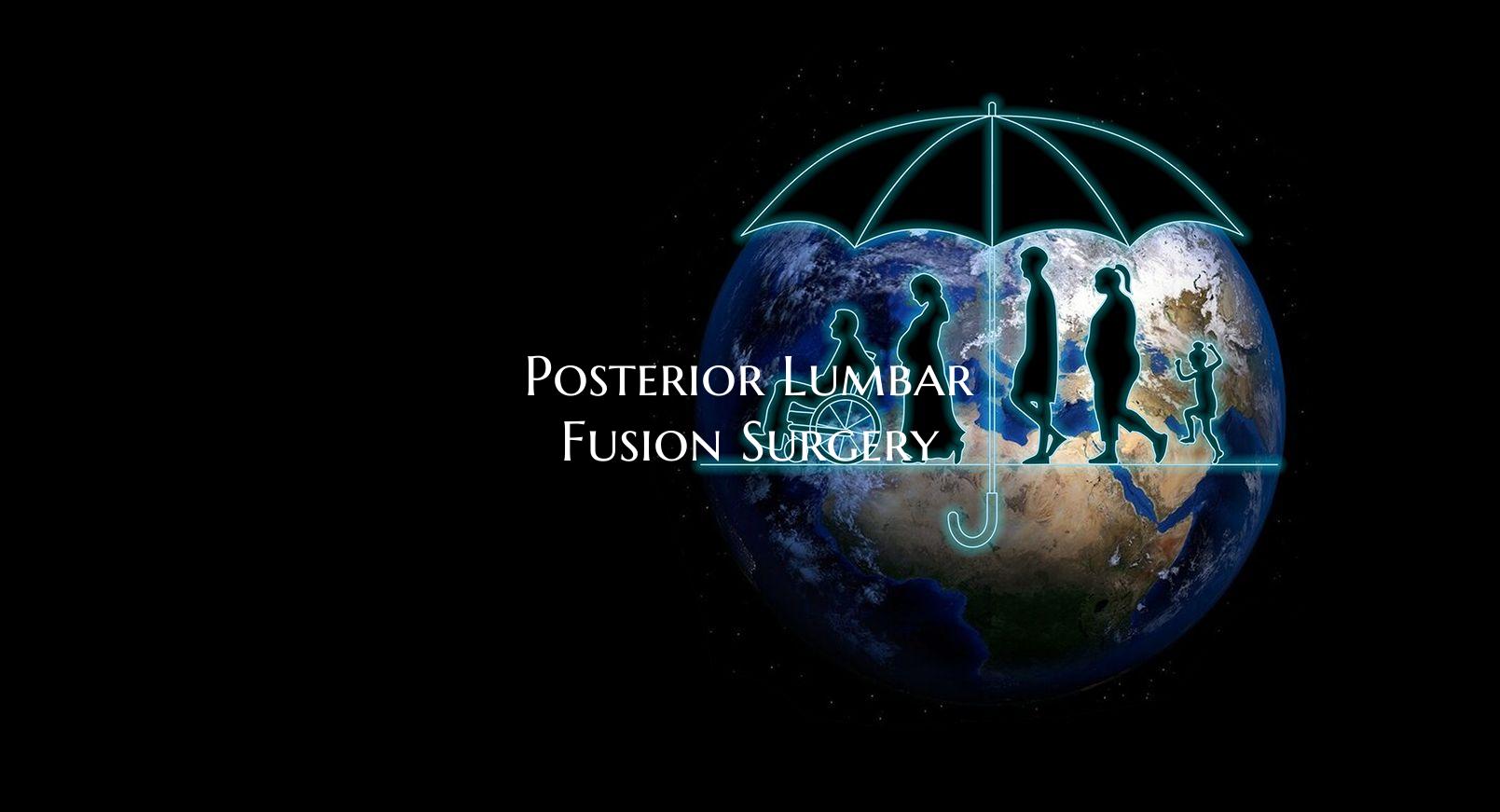
Posterior Lumbar Fusion Surgery
Posterior lumbar fusion surgery is a procedure commonly performed to treat a variety of spinal conditions, particularly those affecting the lower back. This surgical technique aims to stabilize the spine by fusing together two or more vertebrae in the lumbar region. By eliminating abnormal movement between the vertebrae, posterior lumbar fusion can alleviate pain, improve function, and prevent further damage to the spine.
Indications for Posterior Lumbar Fusion Surgery: - Degenerative disc disease - Spinal stenosis - Spondylolisthesis - Herniated discs - Vertebral fractures - Failed previous spinal surgery
Procedure Overview: During posterior lumbar fusion surgery, the surgeon makes an incision in the lower back to access the affected area of the spine. The damaged disc or portion of bone is removed, and bone graft material is inserted between the vertebrae to promote fusion. In some cases, screws, rods, plates, or cages may be used to provide additional stability during the healing process. The surgical incision is then closed, and the patient is monitored closely postoperatively.
Recovery and Rehabilitation: Recovery from posterior lumbar fusion surgery varies depending on the individual and the complexity of the procedure. Patients may experience some discomfort and stiffness following surgery, which can be managed with pain medication and physical therapy. It is essential to follow the postoperative instructions provided by the healthcare team to ensure proper healing and optimize outcomes.
Potential Risks and Complications: While posterior lumbar fusion surgery is generally safe and effective, like any surgical procedure, it carries some risks. Potential complications may include infection, bleeding, nerve damage, blood clots, and failure of fusion. Patients should discuss the risks and benefits of surgery with their healthcare provider to make an informed decision.
Long-Term Outcomes: For many patients, posterior lumbar fusion surgery can provide lasting relief from back pain and improve their overall quality of life. However, it is crucial to maintain a healthy lifestyle, including regular exercise, proper posture, and weight management, to support the long-term success of the surgery.
In conclusion, posterior lumbar fusion surgery is a valuable treatment option for individuals suffering from various spinal conditions affecting the lower back. By understanding the procedure, recovery process, and potential outcomes, patients can work closely with their healthcare team to make informed decisions about their spine health and well-being.